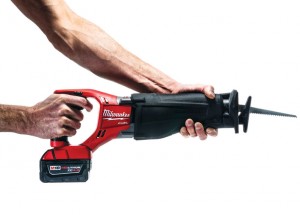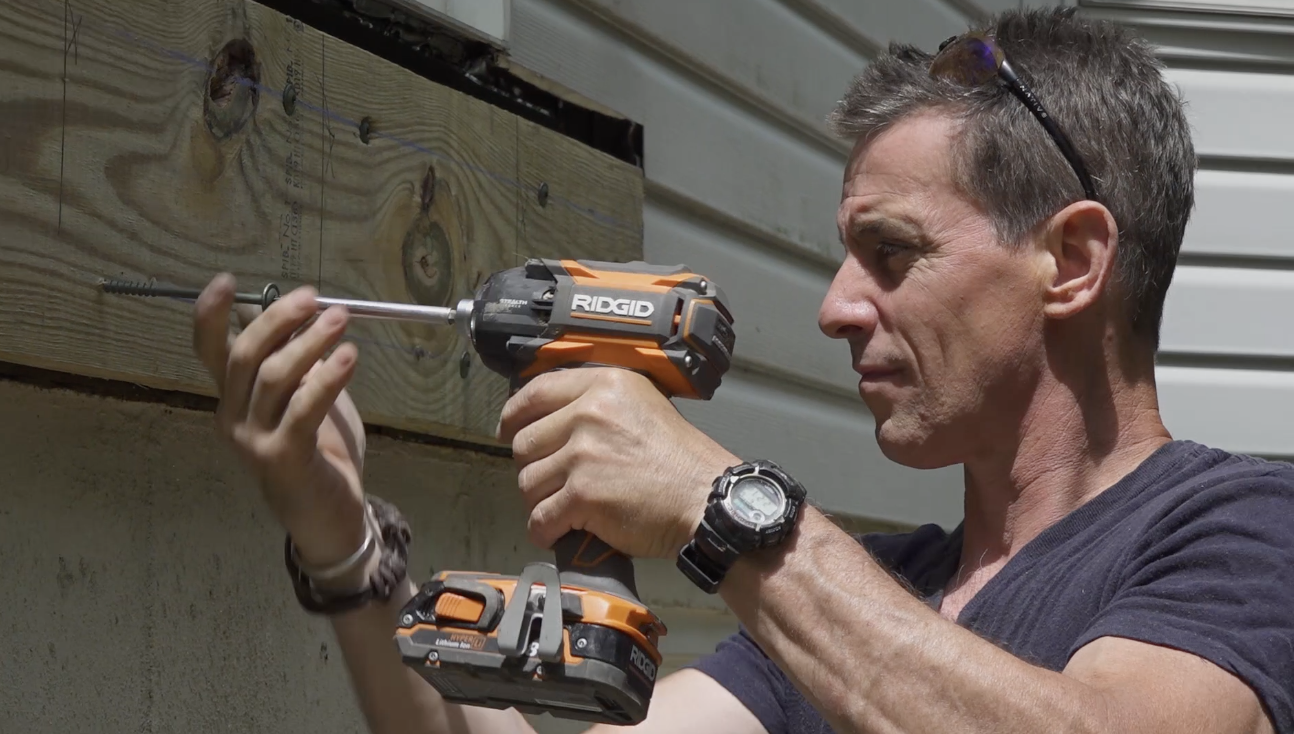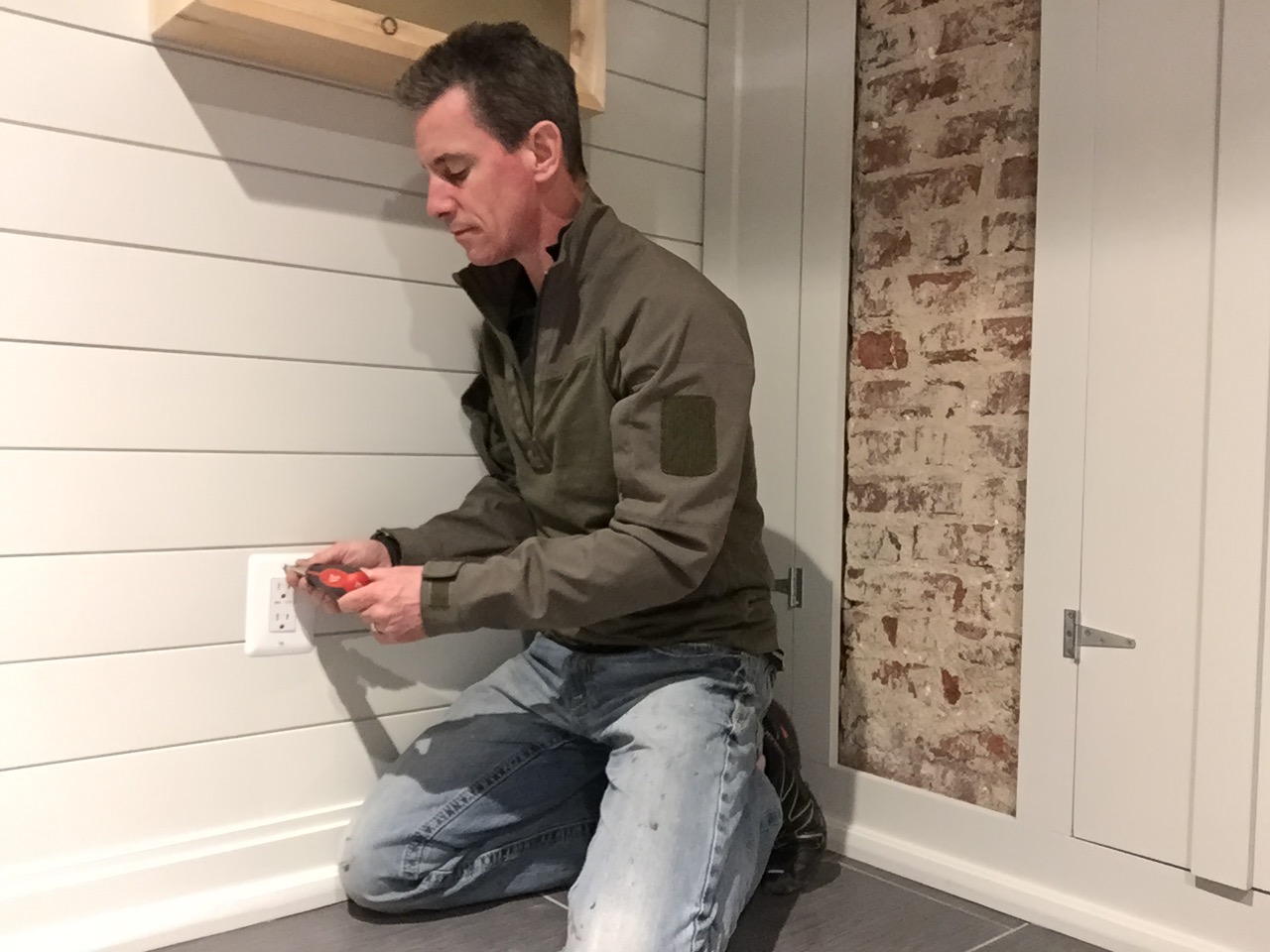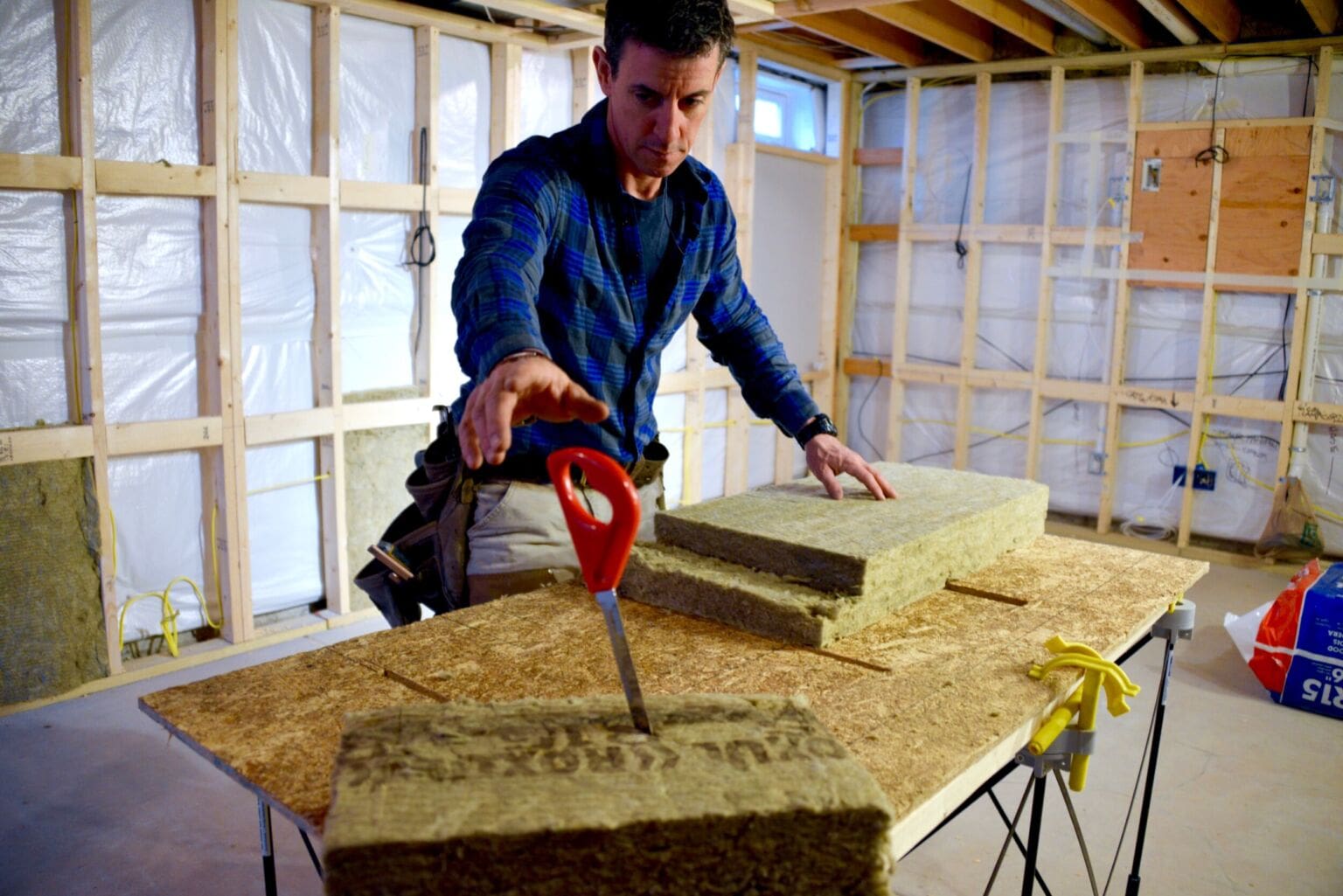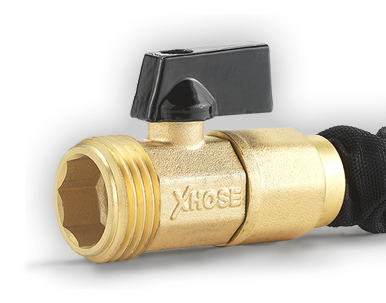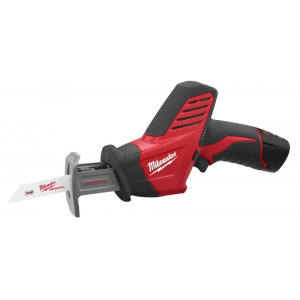
And I thought it wouldn’t work…
…Man, was I wrong.
See, when I got my hand (and I mean “hand”, singular) on Milwaukee’s 10.8 volt M12 2420-22 mini cordless reciprocating (“recip”) saw, well…I just didn’t get it. Recip saws are rip-snortin’, tear and scare, hacker whackers, right?
How could this little palm-of-the-hander be of any use whatsoever? Answer: more ways that I thought possible.
Drywall. If there’s a better way to cut notches and penetrations in drywall—or holes in plaster and wood lath—I don’t know it. It made box and device cut-outs faster and cleaner than my handsaw in drywall sheets before installation. And it easily cleaned out corners in existing drywall repairs. I could also make long cuts, say for notching a sheet over a door or window—much faster and easier than with a hand saw.
Rigid and Spray Foam Insulation. I use more rigid foam insulation than ever before in my remodeling work, whether I’m insulation an HVAC chase or remodeling a bathroom and the M12 is ideal for cutting these sheets. Quick reciprocating action and low vibration means I can move the blade quickly through this kind of material.
I also use a lot of spray foam like DAP and Great Stuff expanding foam, mostly on old houses sealing up window weight shafts for more energy efficient replacement window jobs (no sense replacing the window while leaving the window weight shafts un-insulated). I also seal around pipes, wires, and other through-wall penetrations. Of course expanding foam does just that: it expands. The M12 is better than I could have imagined at cutting off the extra bulbous, gnarly globs of yellow goop—a real time-saver here. Note: I used long Milwaukee Axe demo blades for extra reach here and they worked great.
Trim and Nails. To say that this little fellow can plow through nail-embedded wood is an overstatement. However, if you nail up a piece of trim and miss the layout lines like I did, you can use the tool to zap pneumatic trim nails with aplomb. If you’re trying to cut through wire nails (aka hand-driven nails) you’re getting to the outside edge of what the tool is designed for.
Feel. A typical recip saw is an in-line tool: handle > motor > blade all in a line. The Milwaukee M12’s design is called off-set, meaning the motor is at an angle to the handle and blade—and it’s great. This off-set design does 3 things:
¬It truncates the tool making it more compact and easier to place on the work accurately—and it stores more easily.
¬The motor creates a pommel enabling greater control of the tool during one-hand operation.
¬It makes the tool comfortable to operate.
Battery. Switching batteries is a snap. Pinch the tabs and pull the battery out. Easy.
The charger has a cool detail I really like: the plug has a plug. In other words, you can place the charger plug into your power-strip, then you can plug another tool into the charger plug without losing a spot on the power strip. Nice hustle Milwaukee.
Blade Change and Sight Lines. Blade change works well. The tool accepts both the mini-blade it comes with and Milwaukee’s mighty Axe demolition blades (which I used a lot, not for their brutal demolition ability, but for the extra reach and cut capacity they provide). Sight lines to the work—in other words, can I see the cut line?—are great from all angles.
Final Cut. For a tool I didn’t think had I use for, I used this tool all the time in my remodeling activities. It’s not a mainframe recip saw—and isn’t designed as such—but a niche cutter that more than earned its spot in my tool rig. Big things from a small tool—I like it.



